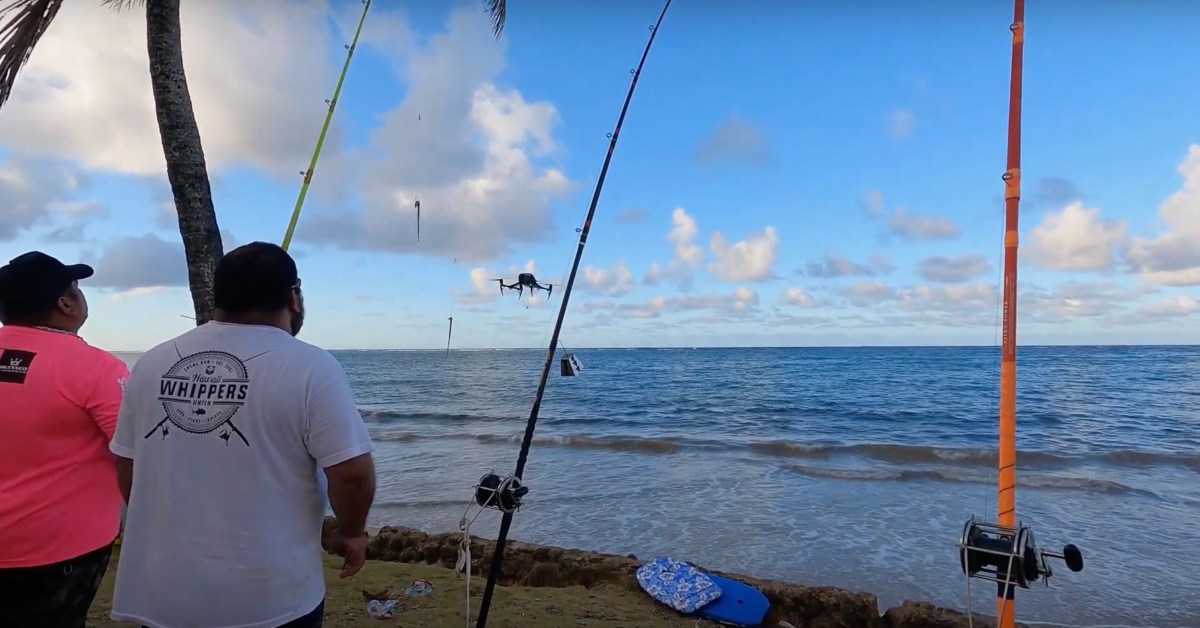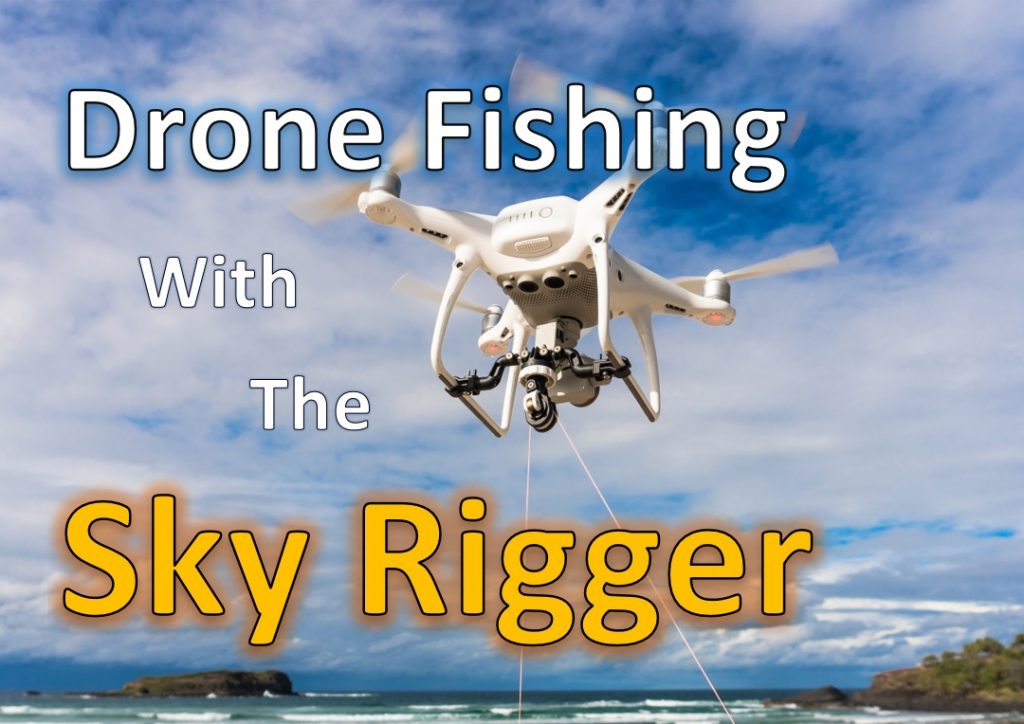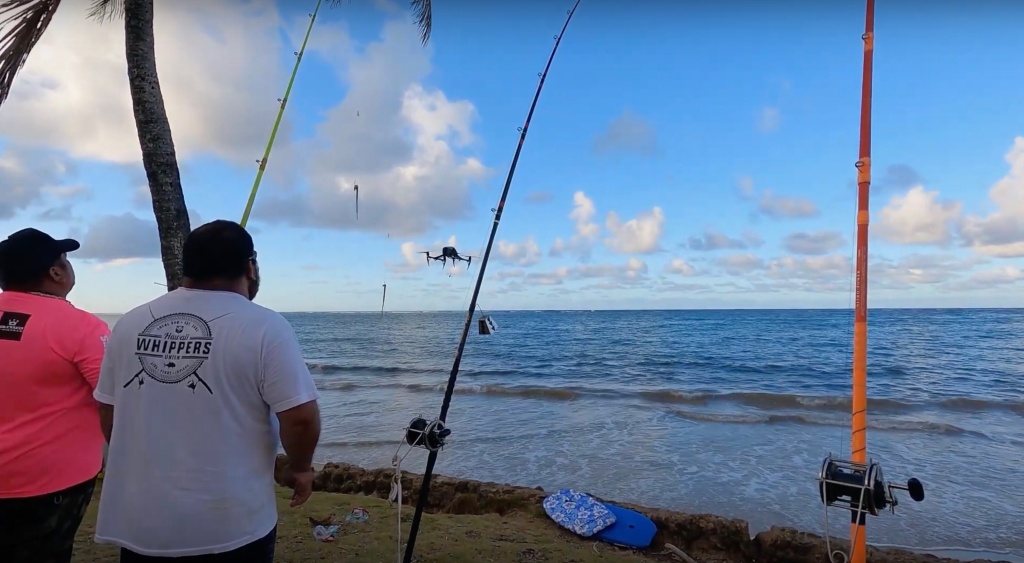
If you're considering using a drone for fishing, you'll likely want to learn more about the regulations. Watch instructional videos about how to fly drones to catch fish. You can also read our article about drone ethics. We will be covering some ethical concerns surrounding the use of drones to fish. Don't forget our guide to drone fishing gear.
Regulations applicable to drone fishing
You might be curious about the regulations while you watch a drone fishing for tuna videos on YouTube. There are many reasons to comply with local laws. But safety is the most important concern. You need to follow the right laws in order to protect the lives of both you and the fish. This article will provide information on the most important regulations that must be followed. Follow the International Game Fish Association guidelines.
Drones cannot be operated over public places, including sporting events or stadiums. They cannot be within 50 feet of any sporting event or carry weapons. Operators of drones must maintain a clear view of their aerial equipment at all time. In addition, drones cannot fly over people, stadiums, or critical infrastructure, as well as be a distraction to emergency response vehicles. If you aren't sure what the rules are regarding drone fishing, contact your local law enforcement agency or consult an attorney.

While most states have passed drone laws, there are still some states that have not. Illinois recently passed SB 2167. This bill prohibits drones from being used in state parks, without permission. It also defines privacy rights and sets out the rules that drone operators must follow for both recreational and commercial purposes. It also prohibits drones interfering in hunting and other wildlife. These new laws should be completed in the next few years.
Drone fishing raises ethical questions
Drone fishing is controversial and not without controversy. Some companies sell underwater robots that can catch fish. These drones can be used to fish for fish. The process of fishing is often captured on video. However, the method of pulling a fish out of the water is somewhat different. People who are concerned about the ethics of this type fishing may prefer to find entertainment elsewhere.
Drones can be used to fish. But some people feel they are cheating the fishing community. While fishing has not changed much over millennia, using a drone to catch a fish may change that and diminish the thrill of the chase. Additionally, the use of drones may be problematic for conservation. These are the ethical considerations to consider before you use a drone to fish.

First, drone fishing is not the best option. Drone fishing can be harmful to the environment and could overfish endangered species. Some states allow drones to be used for recreational fishing. Others do not. There are a number of limitations to drone fishing, including the fact that they must be expensive. Low-end drones may not be equipped with the necessary GPS functionality, lifting capability, or control range. If the line gets tangled, drone fishing can result in fish being lost. The third issue is piloting.
FAQ
What are the rules for operating drones?
The FAA will require you to register your drone. The registration process requires you to provide information about your device, such as its weight, dimensions, battery capacity, operating frequency, and battery life. This registration process requires that you obtain an FAA identification code.
Where can I purchase a drone?
Many drones can be purchased online. Some prefer to buy their drones from Amazon, eBay, or Walmart. Some people prefer to buy their drones directly from the manufacturer.
Is it possible to fly a drone at high altitudes without a license?
The FAA has no limits on the maximum height a drone can fly. They do require that you register your unmanned airplane system (UAS), which includes registration number, model number, weight, size and manufacturer's names, as well as other information.
Statistics
- According to Indeed, a drone pilot gets paid $25.73 per hour on average in the US. (dronesgator.com)
- Research and Markets predict a growth rate of 51.1% over the next five years. (thedroneu.com)
- With the top 10% making over $100/h and the bottom 10% making as low as $10/h. (dronesgator.com)
External Links
How To
How to Fly Drones with Beginners
A drone refers to a remote-controlled aircraft designed for aerial photography, surveillance and scientific research. Drone technology has been around since World War II. DJI's Phantom quadcopters became commercially available in 2010. Since then, there have been many different types of drones available, from beginner-friendly models like the Parrot AR Drone 2.0 to professional-grade multi-rotor craft like the DJI Mavic Pro.
There are many options for flying a drone.
-
Remote control: This uses a remote control device that attaches to your hand and allows you control the drone along its flight path. There are two main types: Joysticks (like a radio), and On/Off switches (like an alarm clock).
-
Manual Control – This method lets users remotely control the drone by using a smartphone app. You must keep track of the location where you want the drone to go and follow the instructions from the app.
-
Autonomous Flight: This means that the drone will take care of all the piloting. It's basically flying autonomously without any human intervention. The drone must be equipped with a camera and sensors that can capture images and data in order to fly autonomously.
-
Triggered flight - This is similar to manual control except that the pilot sets up a preprogrammed route and the drone follows the route until it reaches its destination. After the program is complete, the drone automatically returns to the ground.
-
Landing Gear: Some drones have landing gear that allows them safely to land in case they lose power or run low on battery.
-
Goggles: Some pilots use goggles in order to protect themselves against debris when operating.
-
Camera - Some drones are equipped with cameras allowing you to capture photos and videos from above.
-
Obstacles – Some drones have obstacle avoidance systems that stop them from colliding with obstacles.
-
Speed - Some drones reach speeds exceeding 40 mph.
-
Battery Life: Most drones have a battery life of between 20 and 30 minutes depending on how many power sources you use.
-
Some drones have a range of up to 30 miles, depending on their model.
-
Power source: Some drones will require an external power source while others can be powered by internal batteries.
-
Weight – Some drones are less than one pound, while other models can be up to four pounds.
-
Size - Drones can range in size from tiny devices that can fit in your palm to heavy crafts that weigh 50 pounds.
-
Price - Drones come in a variety of price categories, including high-end models which can run into the thousands and low-cost options that can start at $100.